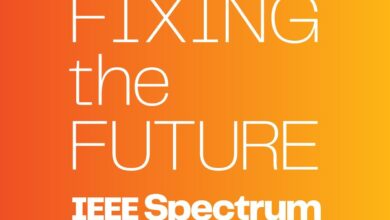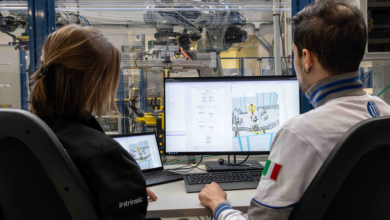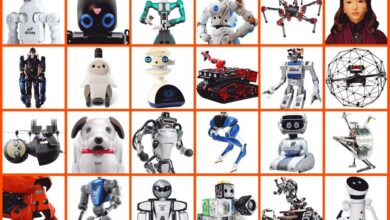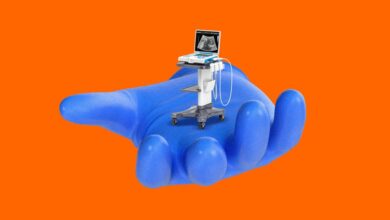Engineering Students Innovate Accessibility Technology
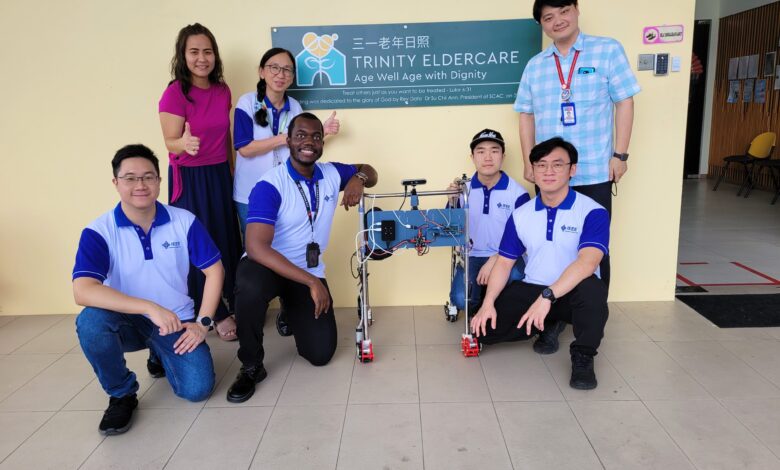
More than 15 percent of the world’s population—greater than 1 billion people—live with disabilities including hearing loss, vision problems, mental health challenges, and lack of mobility. EPICS in IEEE has engaged students’ ingenuity worldwide to address accessibility issues through adaptive services, redesigned technology, and new assistive technologies during its 2023 Access and Abilities Competition.
The competition challenged university students around the world to use their engineering skills to help with accessibility issues. The EPICS in IEEE Committee received 58 proposals and selected 23 projects, which were funded in early 2023.
EPICS is a grant-based program for IEEE Educational Activities that funds service learning projects for university and high school students.
The teams, which include faculty members and IEEE members, create and execute engineering projects in partnership with organizations to improve their communities.
“Some gamers with arm or hand deficiencies play with their feet, nose, mouth, or elbows, or they use devices not intended for that purpose and are forced to adapt. I realized that if there was a dedicated device designed for such individuals, they’d be able to play and experience the joy of gaming.” —John McCauley.
The four EPICS in IEEE pillars are access and abilities; environment; education and outreach; and human services. In the Access and Abilities Competition, student teams received between US $1,000 and $10,000. Each team had 12 months to build a prototype or solution in collaboration with its community partners. The projects, which involved more than 350 students and 149 IEEE volunteers, aimed to help an estimated 8,000 people in the first year of deployment.
The teams included participants from IEEE student branches, IEEE Women in Engineering groups, IEEE–Eta Kappa Nu honor society chapters, and IEEE sections.
Projects included a sound-detection device and a self-navigating robotic walking aid.
The competition was funded by the Taenzer Memorial Fund in 2019, with $90,000 allocated by the IEEE Foundation. The fund was established with a bequest from the estate of Jon C. Taenzer, an IEEE life senior member.
The student teams submitted their final reports this year.
Here are highlights from four of the projects:
Adaptive mouse for gaming
Members of the adaptive mouse EPICS in IEEE team at the University of Florida in Gainesville designed a device that contains keyboard functions and can be used with just one hand.EPICS in IEEE
A team of 10 biomedical engineering students at the University of Florida in Gainesville designed their project to help people whose hands or arms have an abnormality, so they could more easily play games.
The team built five adaptive mouse devices and plans to deliver them this year to five recipients involved with Hands to Love, a Florida-based organization that supports children with upper limb abnormalities.
The team incorporated the keyboard elements of gaming into a mouse, allowing gaming gestures and movements with just one hand. The 3D-printed mouse combines existing gaming technology, including the internal mechanisms of keyboards, a Logitech mouse, and Microsoft Xbox controller emulations. It allows the player to move and aim while gaming with just a mouse.
Gaming enthusiast John McCauley, a junior in the university’s biomedical engineering program, was behind the project’s conception.
“Some gamers with arm or hand deficiencies play with their feet, nose, mouth, or elbows, or they use devices not intended for that purpose and are forced to adapt,” McCauley says. “I realized that if there was a dedicated device designed for such individuals, they’d be able to play and experience the joy of gaming.”
The team used its $1,000 EPICS in IEEE grant to purchase the prototype’s components.
Making campus more accessible
Universidad Tecnólogica de Panamá students test their microcontroller-based prototype, designed to help make their school more accessible.EPICS in IEEE
A team of 15 undergraduate students from the Universidad Tecnológica de Panamá in Panama City and 24 students from four high schools in Chiriquí, Panama, created several projects focused on people with visual or physical disabilities. The team’s goal was to make their campus and community more accessible to those with different abilities. The projects enhanced their classmates’ autonomy and improved their quality of life.
The team made braille signs using a 3D printer, and they designed and built a personalized wheelchair. The students also automated the doors within the engineering department to provide better access to classrooms and corridors for those with disabilities.
“This project will be very useful, especially [in Panama], where buildings have not been adapted for people with disabilities,” said team member Gael Villarreal, a high school junior.
While working together on the project, team members honed their technical and interpersonal skills. They came to appreciate the importance of collaboration and communication.
“I learned that you need to have new experiences, be sociable, meet and get along with new people, and work as a team to be successful,” high school junior Gianny Rodriguez said.
The team used its $8,100 EPICS grant to purchase materials and train the community on using the new tools.
Helping children with hearing impairments
A team of students from the SRM Institute of Science and Technology student branch, in Chennai, India, worked with the Dr. MGR Home and Higher Secondary School for the Speech and Hearing Impaired, also in Chennai, to build a device to help children with hearing aids and cochlear implants learn Tamil, the local language. In rural areas, young children often do not have access to specialized speech and hearing health care providers to learn critical language skills. The team’s assistive device supports native language skill development, helping parents and trainers support the children in language and sound acquisition.
The project is designed to provide access to aural rehabilitation, including identifying hearing loss and therapies for children far from hospitals and rehabilitation centers.
The kiosklike device resembles an ATM and includes surround-sound speakers and touchscreens. It uses a touch monitor and microphones to access tasks and tests that help young children learn Tamil.
The team worked with 150 pupils at the school between the ages of 5 and 8 to develop the prototype. The built-in app includes tasks that focus on improving auditory awareness, auditory discrimination (the ability to recognize, compare, and distinguish between distinct sounds), and language acquisition (how people perceive and comprehend language).
The device tests the pupil’s hearing range based on sounds with visual cues, sounds at low intensity, sounds in the presence of noise, and sound direction.
The speakers emulate real-life situations and are used to relay the teacher’s instructions.
The team received a $1,605 grant to execute the project.
This video spotlights the challenges youngsters with hearing disabilities in Chenni, India, face and how the assistive technology will help them.
Caption: This video spotlights the challenges youngsters with hearing disabilities in Chenni, India, face and how the assistive technology will help them.
Self-navigating robotic walking aid
Students from the IEEE Swinburne Sarawak student branch in Malaysia brought a prototype of their walking aid to Trinity Eldercare, their community partner.EPICS in IEEE
To help senior citizens with mobility issues, a team of students from the IEEE Swinburne Sarawak student branch at the Swinburne University of Technology, in Malaysia, created a self-navigating walking aid.
The team wanted to improve existing walkers on the market, so they surveyed residents at Trinity Eldercare to find out what features would be useful to them.
The students’ prototype, based on a commercial walker, includes a wearable haptic belt that detects obstacles and alerts the user. Pressure sensors in the hand grips sense which direction the user wants to go. One of the senior citizens’ most requested features was the ability to locate a misplaced walker. The team was able to address the issue using sensors.
“I gained substantial knowledge in robotics programming and artificial intelligence and deep learning integration for person tracking and autonomous navigation,” one of the team members said. “Additionally, presenting our smart walker prototype at the International Invention, Innovation, Technolgy Competition and Exhibition in Malaysia enhanced my presentation skills, as I successfully articulated its viability and usefulness to the judges.”
The project received a $1,900 grant.
Join the EPICS in IEEE mailing list to learn more about all the Access and Abilities Competition projects and other impactful efforts made possible by donations to the IEEE Foundation. To learn more, check out the video of the competition:
The EPICS in IEEE program is celebrating its 15th year of supporting and facilitating service-learning projects and impacting students and communities worldwide
IEEE Spectrum
